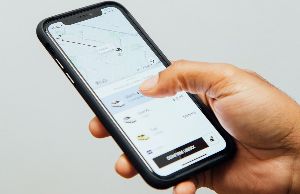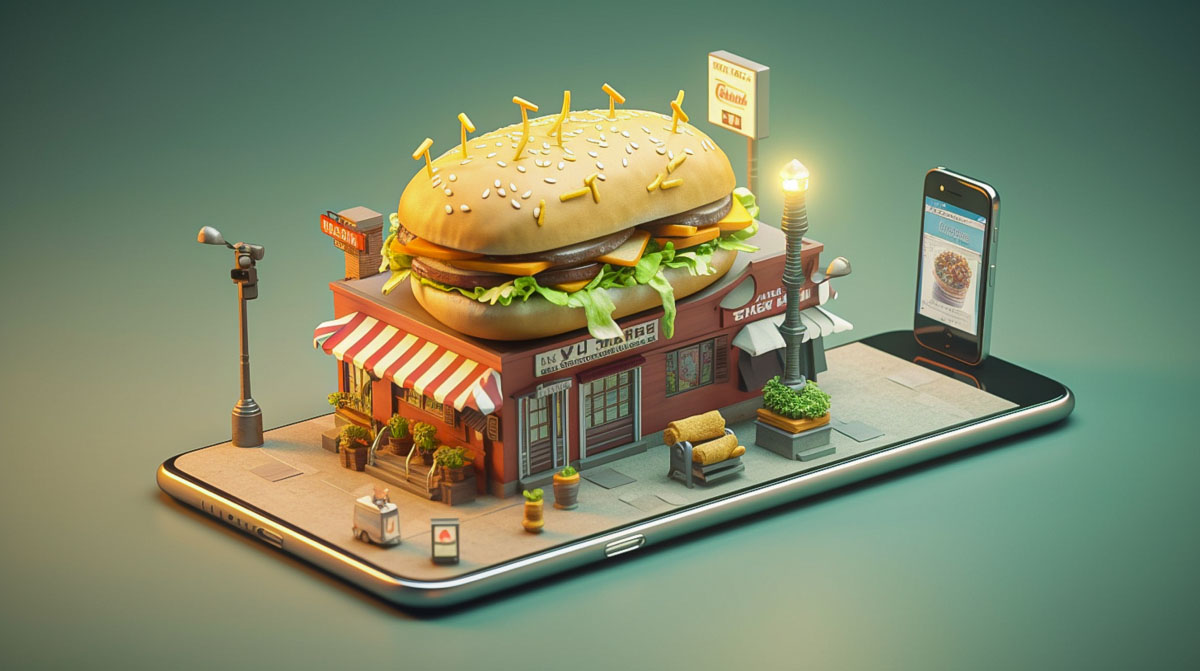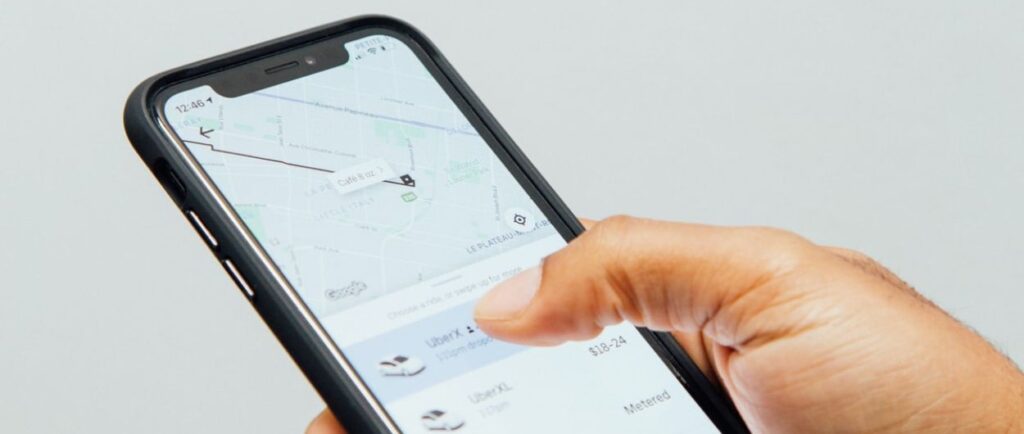
People living in cosmopolitan cities where the highways are crowded, and the spaces are not available refuse to drive a car in favor of rides like Uber. The growing demand for personal automobile rides makes the founder think about creating Uber apps that can be successfully launched locally and globally. Uber apps are certainly the right move for business owners and the companies that transport their goods and services. Ridesharing Apps have never had a more crowded market as recently as today! The Uber-driven app for pie keeps getting more successful.
- The ride-hailing segment has expected revenue of US $314224 M for 2022.
- The company expects revenues in 2021-2025 will grow 10.4%, generating revenues of 385,942 million for 2025.
- User penetration will rise 20.8% by 2020.
In a simple sense, the data indicate a change in where people go. The growing population is also destroying open spaces in city centers. More drivers are turning to on-demand taxi services as their vehicles become crowded.
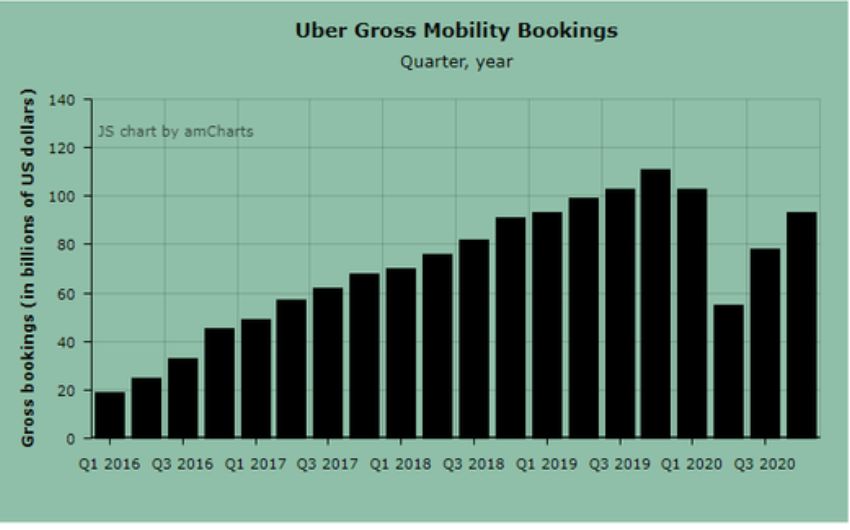
As a result, many people want to create an app like Uber and make it successful.
The following topics will be discussed in this article:
- The processes that make Uber’s work possible
- Characteristics to add in the construction of an Uber-like app
- Apps with business structures similar to Uber’s
- To construct an Uber-like app, you’ll need a technical stack.
- How much does it cost to make an app like Uber?
- Step-by-step instructions for creating an Uber-like app
- The most effective method for making money with your Uber
Let’s look at making an Uber-like app from both a technical and business standpoint.
But before that, let’s understand how Uber works.
Uber’s entire operation may be broken down into five distinct steps:
Step 1: A passenger uses the Uber app to request a ride with a specific location. The app displays the fee for the ride, which varies depending on the service and Uber app type.
Step 2: Confirm the ride. The passengers confirm the pickup location.
Step 3: Uber finds the closest available driver for your ride. The request might be accepted or declined by the driver. The app forwards the request to another driver when a ride request is denied.
Step 4: After a ride is concluded, payment is made automatically. The funds are deducted from a payment account or card that the user has already linked to the app. Uber accepts credit and debit cards, PayPal, Android and Apple Pay, and other payment methods. In addition, users can receive or reject the typical driver’s tip.
Step 5: The Uber app includes a rating system. Passengers give ratings to drivers, and drivers provide ratings for passengers. Uber can provide the most incredible experience for both types of users in this manner.
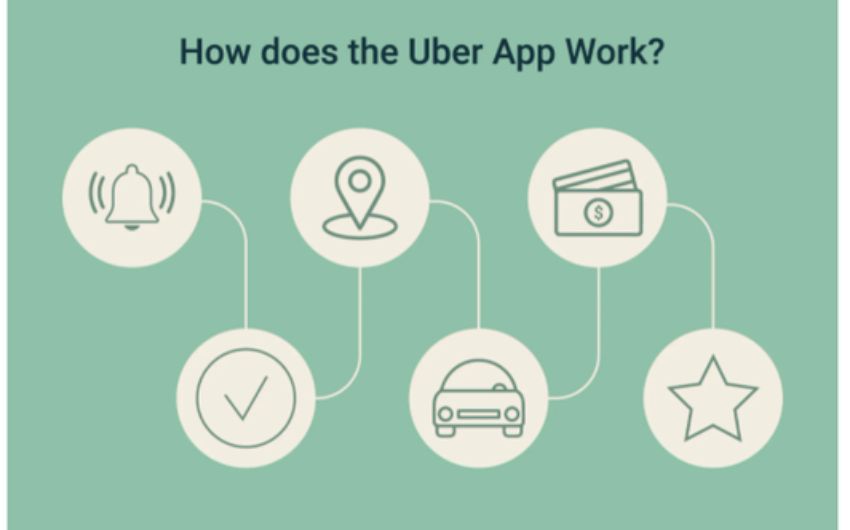
As you can see, Uber caters to two distinct groups of people: riders and drivers.
Passenger features in apps like Uber
There is some essential functionality to build a taxi service for a client app.
The app is designed to make transportation more accessible and more seamless. It is a platform that connects passengers with drivers who are available at the moment. The app also provides safety features like emergency call buttons, tracking and live location services, and in-app messaging.
The app has many features that make it easy for passengers to find the right match for their needs. The main features include:
– Live location of the driver
– Emergency call button
– Tracking of driver’s location
– In-app messaging
Driver Features
Let us discuss building an Uber Driver-type service available in partner cities. It’s another crucial step in building businesses using Uber. I will only include those features useful to motorists and profitable to companies at a similar level.
- Accept a ride request from a passenger
- Obtain directions to the passenger
- Collect revenue from each trip, and rate passengers
Key Steps Involved in Uber-like App Development Process
Developing an app can be divided into four phases. This shows the situation, in my opinion!
Documentation
In the app documentation, you decide whether you want a native or hybrid app and the platform to be created: iOS or Android. It is essential to understand this question to determine a specific course for app development. Once answers to these questions have been found and requirements are finalized, the following step consists of listing the technical specifications of the app, its architecture, and its technologies.
Deploying The App
Once the app has been developed and tested, it will be deployed for functional checks and performance testing on various devices. After that, the problems are addressed quickly, and the app can be ready for a successful release. This was the main stage to develop taxi reservation apps. It’ll be interesting to see what Uber is up to disrupt the taxi business upside down.
Technical Audit & Research
Firstly, you need to list all the requirements you want your app developed. If you already use a taxi reservation app, then you can create a similar one for each existing application. Unless one starts from scratch, then everything must go exactly as planned. In both cases, companies can take advantage and identify improvements to taxi reservations.
Building a Taxi Booking Mobile App
Development is either done within an existing solution or through an automated system. Regardless, the project involves entire operations divided into small, individualized tasks. This job will be completed according to its priority. The system can be tested for additional units to detect logical errors.
How To Make An app Like Uber: Functionality
Before designing an app like Uber, you must first learn how to plan a project and execute a concept.
- Conduct thorough market research and develop a business plan based on market demand.
- Develop a buyer persona and sketch out a client journey.
- Define the app’s unique selling points and the company’s goals.
- Determine the collection of features.
- Hire a mobile app development firm.
- Based on the comments, make any necessary changes.
The development of an Uber-like app necessitated the establishment of three essential components:
- Rider’s app
- Driver’s app
- Admin panel
Basic Functionality Of Riders App
Geolocation, Routing, and Direction
Geolocation and routing servers are credited with making Uber successful – and we are so grateful for them. This will be the essential feature for every cab booking app. Many transport business people face a recurring problem because taxi reservations applications use GPS.
Yeah! It also conceals intricate structures and methods for knowing distances and routes. Instead of relying on GPS systems, they would also be required to use routing servers to achieve seamless routing and match-making.
Registration and Profile Management
For On-Demand taxi apps, customer registration and profile can be accessed through the user profile and users’ profile. The registration of a customer can either happen via social media or directly by e-mail. You may also request the number of contacts.
You should provide minimal paperwork to provide a photo, name, or driver’s registration number for driving profiles. To make your application features efficient, you also should look for ratings and reviews systems to help you create client-oriented apps. How often can an app such as Uber be built on a mobile device?
Payement Method Integration
Thanks to technological advancements, online payments have become the standard. As a result of Uber’s use of cashless payments, this functionality has become common in any cab booking app. Uber provides a fare calculator to its users to estimate the ride’s cost reasonably. The four main requirements are as follows:
- Cost per mile for the base price
- Minutely rate
- Fee for safe rides
The integration of a payment mechanism should be done with caution to protect the user’s financial information security. The payment system should be PCI compliant while processing credit card data. You might also use online payment providers like Stripe, which offers PCI compliance solutions.
Ride Cost Estimate
The Ride Cost Estimate feature allows you to predict how much your ride will cost before booking it. This is done by inputting either the pickup location or drop-off point in addition to selecting from one of their available vehicles, which can include bikes as well.
Schedule A Ride In Advance
It’s another advanced functionality introduced last year by Uber. It allows users to book tours in advance and plan more effectively. Ride schedules provide an effective supplement to an app MVP similar to other advanced features described in further detail below.
It allows customers to arrange transport anywhere from 15 minutes to 30 days in advance. It could include them in a product listing or create an Uber app that combines the functionality.
Communication & Notifications
Communication is vital when using an app like Uber. The user can text or call each other without leaving the screen, making it easy and quick for them to communicate throughout their experience with this particular service provider – but there are also notifications sent out by default that keep both parties up-to-date about what’s happening in real-time, so no one gets lost along the way.
For Apple users on iOS, Push Notifications Service provides means of receiving push messages while Stocks uses Firebase Cloud Messaging if you’re running Android helm.
Fare Splitting
The taxi booking app is the best way to make ride arrangements in minutes. Fare splitting allows friends and family members traveling together, or individuals who need transportation but don’t want it all themselves can split up their fare between them, so there are no worries about money.
Basic Features Of Driver’s App
Driver Destinations
It enhances drivers’ overall experience for drivers who have joined the company, which is important to consider when implementing apps like Uber. Drivers choose a preferred place and find passengers looking for rides. Drivers will be able to blend work with personal activities seamlessly.
Driver Report
The Driver Report feature is intended to protect both drivers and passengers. The report provides an outline covering driving styles for a set of timeframes. Until an incident of reckless driving continues, Uber can suspend drivers who violate rules by taking their vehicle off-duty.
Advance Route Building
Creating routes in the taxi booking mobile app helps drivers find their way quickly and improves customer service. As a result, more customers use this innovative system and its advanced features like Building Routes powered by AI or using Data To Improve Your Business’ Marketing Strategy. There’s no telling how high they can go.
Admin Panel For Taxi Booking Apps Like Uber
It is necessary to have central control points for all driver operations to ensure customer satisfaction. The web administration tool will also help users with customers, drivers, orders, location, payment, payout, and business processes for Uber.
The admin panel in most taxi apps includes the following features:
- Easy passengers and drivers management
- Management of feedback and reviews
- Management of locations and fares
- Management of taxi bookings
- Management of payments
- Management of notifications
- The most effective route management
- Passenger and user assistance
- Creation and administration of promotions and discounts
- Integration with a variety of analytics programs
How To Make An App Like Uber: Business Models
The ride-sharing app, Uber, has been around for over a decade and is now worth $68 billion. The company’s success is largely attributed to its business model which has been copied by many other companies in the industry.
Uber’s business model involves taking a percentage of each fare paid by riders and drivers. This percentage varies based on the number of trips taken per week, with lower fees for smaller companies and higher fees for larger ones. The cost of each ride is determined by the following factors:
- Base fare – the base charge for Uber services, which is determined by the Uber car type and location.
- Price per mile
- Cost per minute — based on data from GPS sensors, this cost is determined.
- Booking charge (also known as safe ride cost) – a small amount that is deducted at the time of booking the ride.
What Tech Stack Can Be Used To Build An App like Uber?
You can make an Uber-like app now that Uber’s API has been made public. However, there’s a list of all the technological integrations you’ll need to build an Uber-like app.
The majority of Uber and Uber-like apps are written in JavaScript and Goal The software leverages NodeJS and Redis for real-time delivery capabilities and systems.
The significant usage of geolocation by an app like Uber is its main technology. Push alerts, payment gateway integration, and route building are all crucial aspects.
Here is a list of all technology integrations that can assist you in creating an Uber-like app.
Apart from integrations, development necessitates the selection of other technologies and programming languages. For iOS and Android development, you can utilise the Swift and Kotlin programming languages, respectively. The backend of the programme can be written in a variety of languages, including Python, Java, PHP, Ruby on Rails, Node.js, and others.
A simplified version of the app’s backend is shown below.
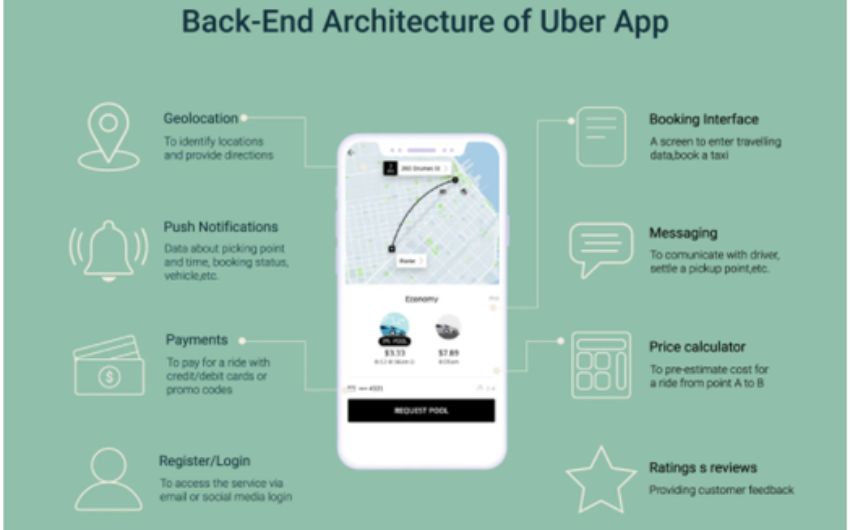
How Much Does It Cost To Create An App Like Uber?
For one or two platforms, the cost of developing an Uber-like software might range from $57,000 to $114,000 dollars. The cost of developing the admin panel is computed individually and starts at $14,350.
Typically, the following stages are included in the development of a taxi application:
- Analyze the business
- Design for user experience and user interface
- Back-end programming
- Development for iOS and Android
- Assurance of Quality
- Management of a project
Final Thoughts
Taxi and ride-sharing services like Uber continue to dominate the industry, but there’s still plenty of room for new players. By identifying niche markets that they can capitalize on with their unique value proposition or by focusing solely on one country where it doesn’t yet exist; these companies could be very profitable.
Related Articles
-
Easy Tips to Build a Successful Online Food Business
Hunger pranks are no longer a problem. You can now easily satisfy your taste buds with the most desired food. How? Online food ordering. Yes, have a glance in the
-
Complete Guide On How To Monetize And Mint Money Through Clubhouse App
Has anyone ever wondered about generating income through a clubhouse? If not, after reading this blog, you might take it more seriously. Many entrepreneurs have joined the clubhouse since Elon
-
How Beacons Are Modernizing The Mall Space?
Talking About How Beacons Are Modernizing The Mall Space? Drawing more footfall, increasing conversion ratio and up surging the sales is the uphill battle for the malls! The struggle to

